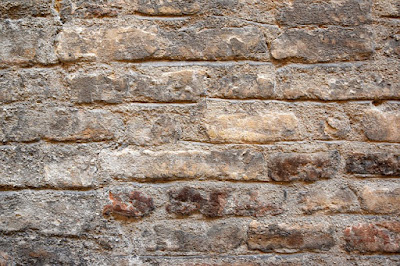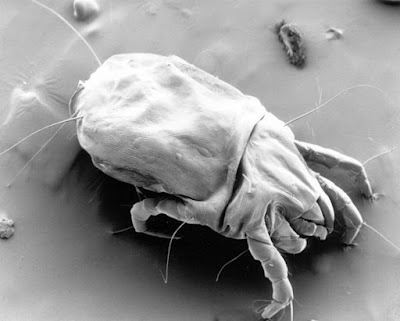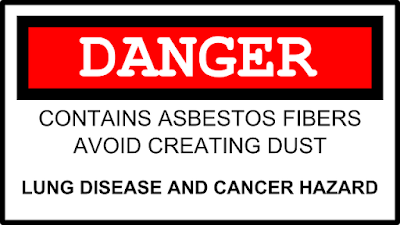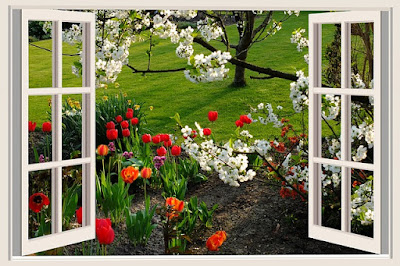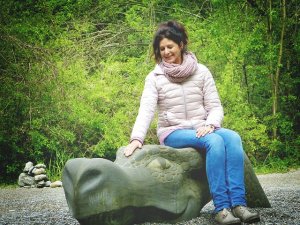The Environmental Protection Agency says people spend 90 percent of their time indoors. I think that’s a massive chunk of their lifetime. Do you know indoor air quality can be two to five times more polluted than outside air?
Poor quality air can affect the health of your family members. So follow these tips from the American Lung Association to ensure clean air inside your home.
Killer Air Pollutants
Carbon monoxide
The toxic fumes of this invisible gas can kill you before you’re aware it is in your home.
Secondhand smoke
You get this smoke from burning tobacco products such as cigars, cigarettes or pipes. It contains 70,000 chemicals including hundreds that are toxic. About 70 percent of them can cause cancer.
Radon gas
It’s a silent, odorless gas. It’s the second significant cause of lung cancer after cigarette smoke.
Prevention
Ø Never let anyone smoke inside your home. Ask the person to take it outside.
Ø Install a carbon monoxide detector near your bedroom.
Ø Use gas stoves and heaters that vent directly to the outside. Avoid using charcoal grills indoors.
ØTest your home for Radon. It is an easy and inexpensive way to get rid of the gas. Who knows it may even save your life?
Use low VOC paints
|
The VOC’s are solvents that get released into the air as the paint dries. These volatile organic compounds can cause acute symptoms such as headaches and dizziness. Some VOC’s can cause cancer.
Paints release trace amounts of gases months after the application. Even though they appear thoroughly dry and the smell is gone. These gases contain acetaldehyde and formaldehyde.
Use low-VOC paints, waxes, and varnishes. Open windows and use exhaust fans when you paint. Avoid storing open paint containers indoors.
|
Fix Leaks
High humidity and rain can bring the moisture indoors, which leads to the growth of mold and mild dew. All these increase your risk of wheezing, coughing, and asthma. So check your, roof, foundation and basement once a year.
Clean your air conditioner and dehumidifier on a regular basis. Standing water and high humidity encourage the growth of dust mites which can trigger or worsen asthma.
Be careful with your pets
Animal saliva, urine, dead skin cells and feces can cause allergies. So if you’re sensitive to pet allergens keep your furry friends away from your bedrooms.
Kill dust mites
Dust mites feed on your skin, live in bedding, pillows, and mattress. To prevent dust mites vacuum and steam clean upholstered furniture. Use dust mite resistant covers and wash bedding in boiling water.
Don’t meddle with asbestos
If you inhale tiny asbestos fibers, it increases your chances of lung cancer. You can find asbestos in pipe coverings, shingles, flooring, and roofs. Always get professional help while dealing with asbestos.
Ventilate
Proper ventilation is the best way to protect and improve air quality in your home.
Be cautious of lead paint
You can find lead-based paint in homes built before 1978. Any peeling or chipping can result in unhealthy lead exposure.
Lead poisoning causes delays in mental development, lower IQ and behavioral problems in kids. If you want to remodel, your home gets professional help.
Other precautions include
Ø Create proper vents for wood stoves
Ø Keep formaldehyde away from home by choosing wood panel products that are not made with formaldehyde glues, lumber or materials.
Ø Practice integrated pest management to keep pests away, instead of using harmful chemicals
Ø Avoid toxic cleaning products. Look for products that are marked low VOC’s.
Ø Ventilate your kitchen
Ø Freshen your bathroom
Ø Reduce carpeting. Carpets trap chemicals, dust mites, pet dander, dirt, and fungi.
Try to grow indoor plants to purify the air. They include
· Garden Mum
· Spider Plant
· Dracaena
· Peace Lily
· Ficus/Weeping Fig
· Bamboo Palm
I hope these tips are easy to put into practice. With a little practice, patience and perseverance, you can change your indoor air environment into a healthy and safe atmosphere for the people who matter most to you.






